World’s Most Livable Cities List In 2013 Dominated By Australia, Canada
How "livable" is your city? Moreover, what exactly makes one city more livable than another? These are the questions at the heart of the Economist Intelligence Unit’s annual survey of the world’s 140 major metropolises.
EIU, an independent forecasting and advisory business within the Economist Group, defines livability by the following criteria: stability, health care, education, infrastructure, culture and environment. If you want the best of all of the above, you may consider packing your things and booking a ticket to either Australia or Canada.
Why? EIU explains that top scores tend to go to “mid-sized cities in wealthier countries with a relatively low population density.” Thus, a whopping seven of the world’s top 10 “most livable cities” in 2013 belong to these two vast and sparsely populated commonwealth nations.
On the very top of the list, it’s Melbourne that has reigned supreme in the livability department for three years running, much to rival Sydney’s chagrin. Melbourne’s Lord Mayor Robert Doyle called it “a great result for Melbourne, for tourism and for our international education reputation.”
The city’s minister for planning, Matthew Guy, agreed, saying the honor highlighted Melbourne’s “vibrant multicultural community, celebrated arts scene and world famous food and wine.”
Though it serves as a great marketing tool for a city, in reality, EIU conducts its annual survey to assess which locations around the world provide the best or worst living conditions as a barometer for things like benchmarking perceptions of development levels or assigning hardship allowances as part of expatriate relocation packages.
Worldwide, researchers said livability had slipped by 0.6 percent over the past five years, led by a 1.3 percent dip in stability and safety. Unrest in Syria, for instance, put Damascus dead last on the 2013 list. A variety of Arab Spring and austerity protests have dragged other nations down as well in the Middle East and Europe, while social unrest like the anti-Japanese rioting last year has minimized rises in livability in China, despite higher living standards.
"Livability often seems static on a year-to-year basis. But looking at movement over a longer period we can see some significant trends emerging. While the threat of terror had a defining influence on livability in the last decade, we can clearly see that civil unrest has already had a significant impact on livability in this decade," EIU survey editor Jon Copestake commented.
Of the 86 nations whose results have changed over the past five years, just 30 have seen improvements, led by Bogotá, Colombia; Harare, Zimbabwe; Dubai, UAE; Algiers, Algeria; and Kuwait City, Kuwait. The rest have seen dramatic declines, including Tripoli, Libya; Cairo, Egypt; Sofia, Bulgaria; Amman, Jordan; and Panama City, Panama.
Following the trend of midsize cities outranking global hubs, Honolulu, Hawaii, was America’s most livable city at No. 26, while Osaka, Japan outranked all other Asian cities at No. 12.
Below is EIU’s list of the “least livable cities” in the world, though it’s important to note that researchers omit from the survey cities long plagued by conflict and insecurity like Kabul and Baghdad. Scores are on a 100-point scale, with 100 being "ideal" and one being "intolerable."
Least Livable Cities In 2013
No. 131 Tehran, Iran (45.8)
No. 132 Douala, Cameroon (43.3)
No. 133 Tripoli, Libya (41.7)
No. 134 (tie) Karachi, Pakistan (40.9)
No. 134 (tie) Algiers, Algeria (40.9)
No. 136 Harare, Zimbabwe (40.7)
No. 137 (tie) Lagos, Nigeria (38.9)
No. 137 (tie) Port Moresby, PNG (38.9)
No. 139 Dhaka, Bangladesh (38.7)
No. 140 Damascus, Syria (38.4)
Click through the slideshow above for a look at the top 10.
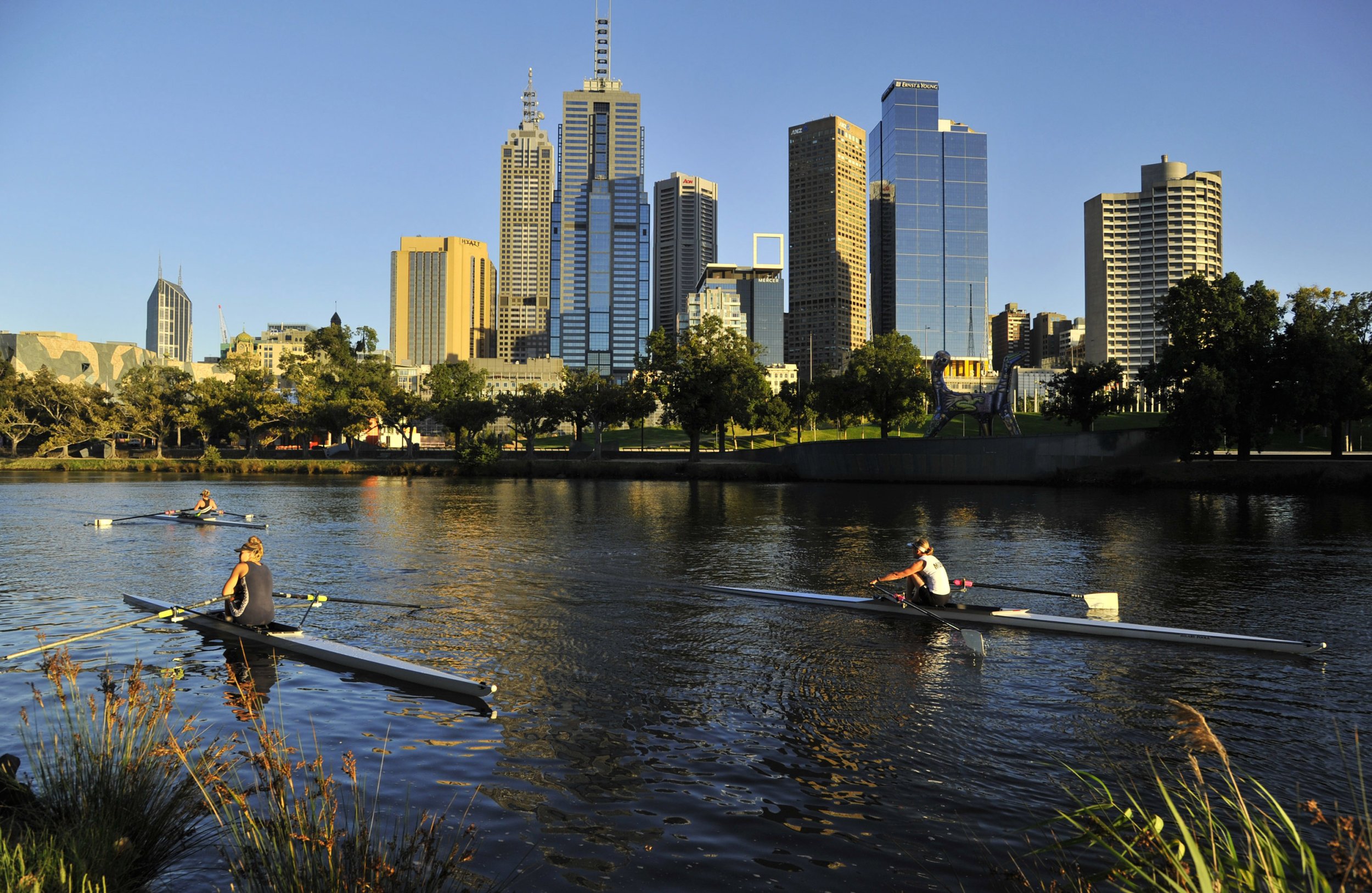
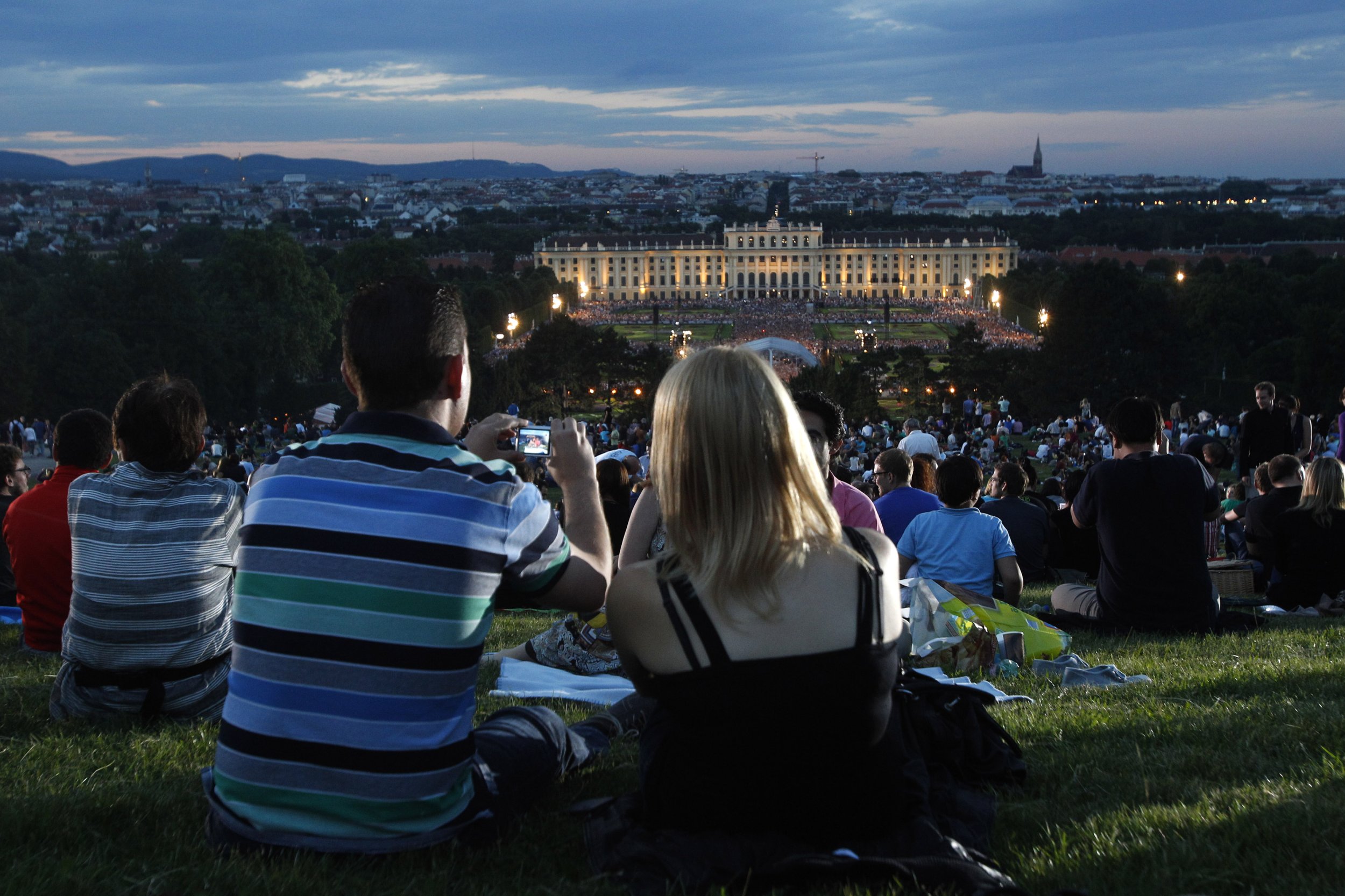
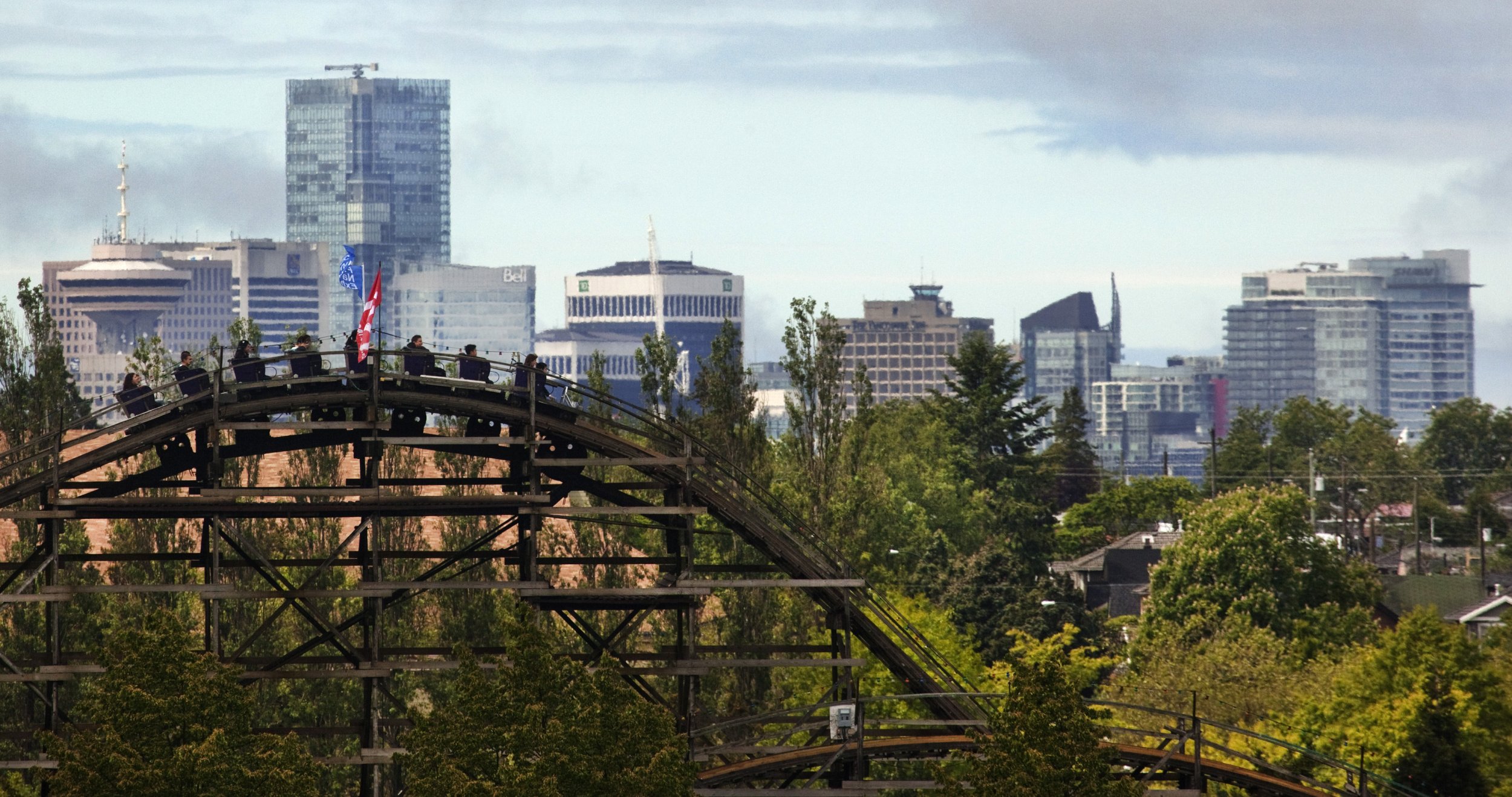
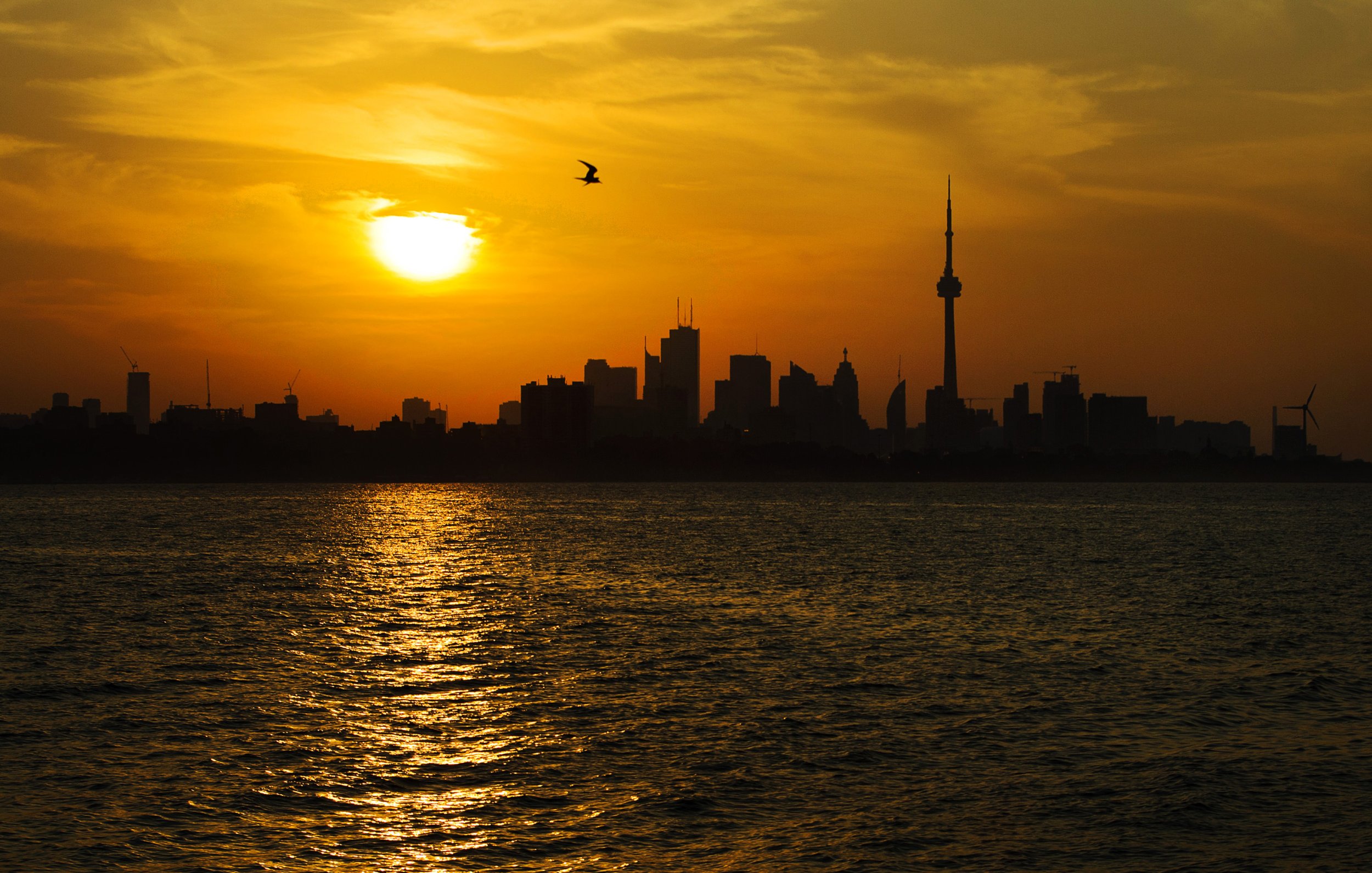
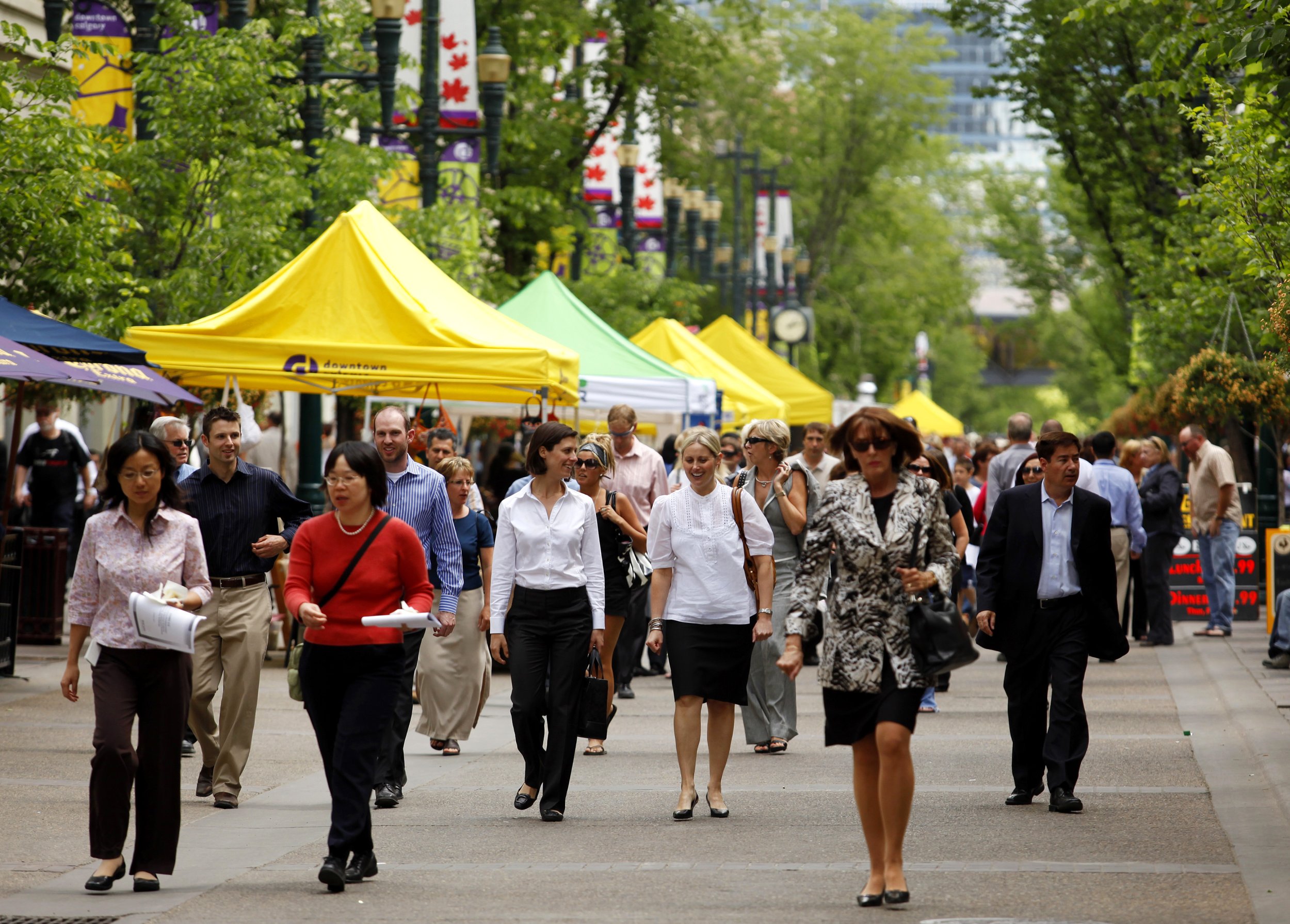
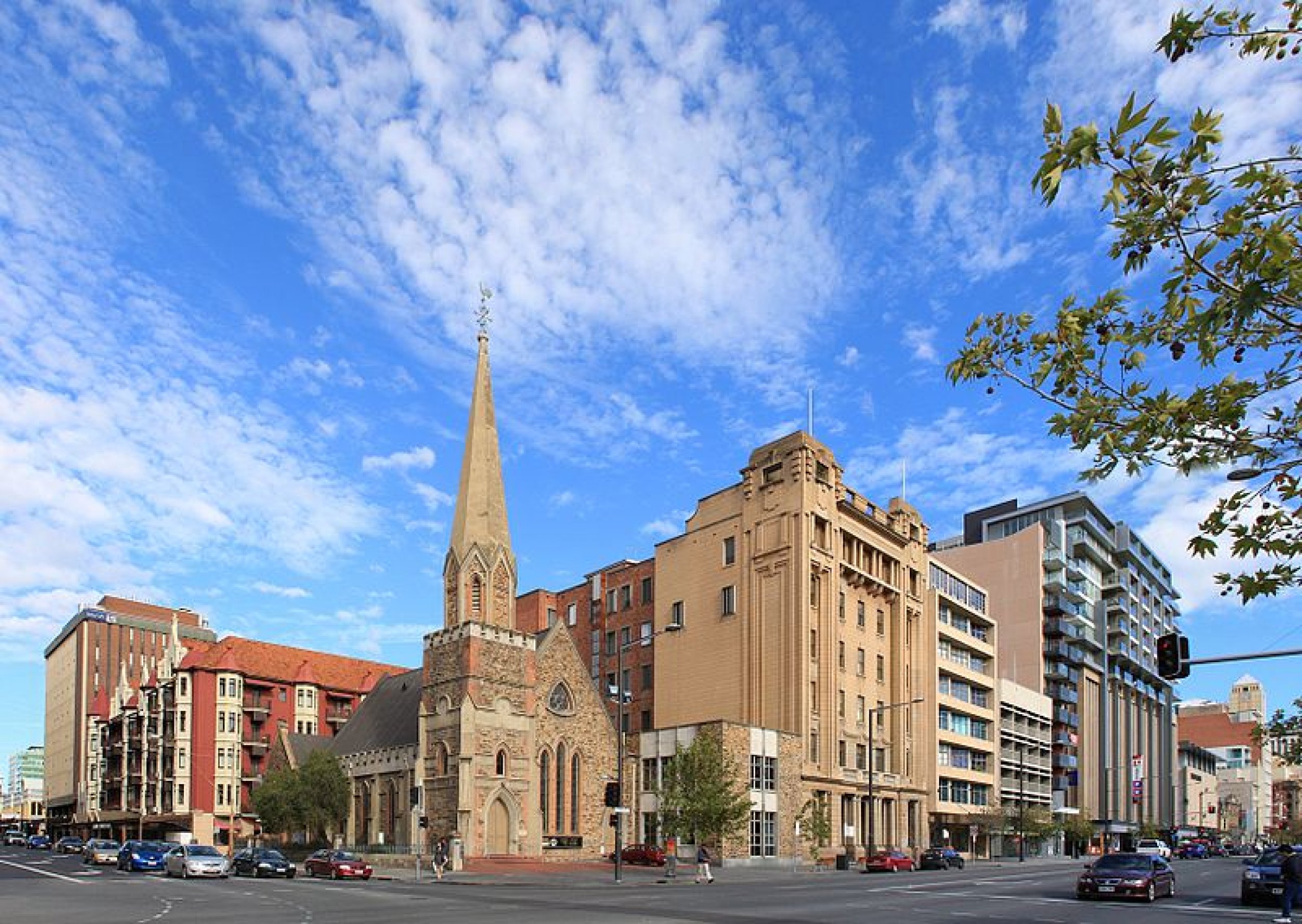




© Copyright IBTimes 2024. All rights reserved.






















